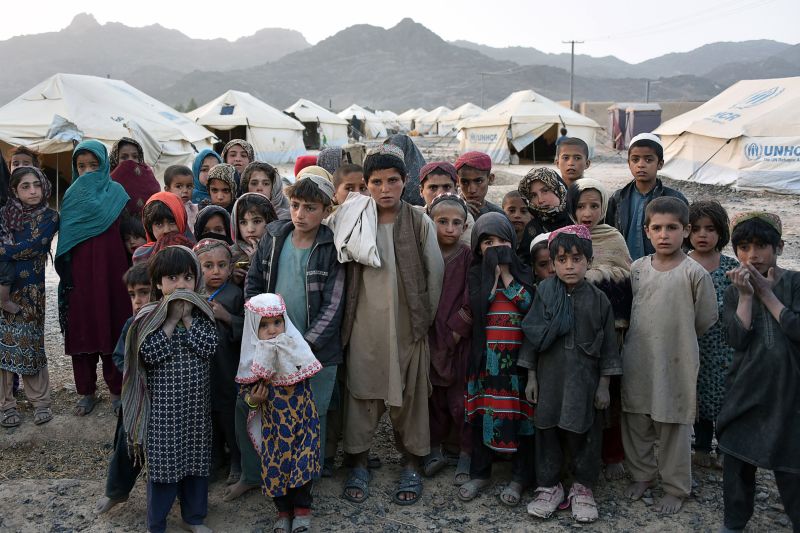Afghans continue to represent the largest refugee population worldwide, with most seeking refuge in Iran and Pakistan, a trend persisting over the years, according to a UNHCR report released on Thursday.
The UN refugee agency’s 2024 Global Trends Report includes estimates of internally displaced persons, highlighting historically high levels of forced displacement in 2023 and 2024.
The report also incorporates an assessment by the UN agency for Palestinian refugees (UNRWA), estimating that about 75% of the population in the Gaza Strip — approximately 1.7 million people — have been displaced.
Syria, however, records the highest number of forcibly displaced people, with 13.8 million displaced both within and outside its borders.
Pakistan Among Top Five Refugee-Hosting Countries
“Behind these stark and rising numbers lie countless human tragedies. This suffering must galvanize the international community to act urgently to tackle the root causes of forced displacement,” stated Filippo Grandi, the UN High Commissioner for Refugees, commenting on the report.
Afghans constitute one in six of all refugees under UNHCR’s mandate. Over the past year, more than 6.4 million Afghans were hosted in 108 countries, marking an increase of 741,400, or 13%, from the previous year. This surge is primarily due to the rise in the number of Afghans in refugee-like situations in Iran (+327,300) and Pakistan (+189,800).
Major Host Countries
Nearly three in four refugees (73%) originate from just five countries, and 87% come from only 10 countries, maintaining consistency with the previous year. The largest refugee-hosting countries include Iran with 3.8 million, Turkey with 3.3 million, Colombia with 2.9 million, Germany with 2.6 million, and Pakistan with 2 million. Most refugees in Iran and Pakistan are Afghans, while nearly all refugees in Turkey are Syrians.
Afghan Refugees
Globally, nearly 10.9 million Afghans remained displaced, with most staying within their country or in neighboring countries. In 2023, the number of Afghan refugees increased by 741,400, totaling 6.4 million, mainly due to new population estimates from Iran and Pakistan.
“Opportunities for sustainable return are limited, as almost half of Afghanistan’s population of over 40 million faces acute food insecurity, and millions remain displaced within the country,” the report adds.
Humanitarian Crisis in Gaza
The report notes that the conflict in the Gaza Strip has had a devastating impact on the Palestinian civilian population. The humanitarian situation is extremely dire, with all 2.2 million inhabitants facing acute food insecurity and an imminent threat of famine. UNRWA estimates that between October and December 2023, up to 1.7 million people (over 75% of the population) have been displaced within the Gaza Strip, with many forced to flee multiple times.
By the end of 2023, there were 6 million Palestinian refugees under UNRWA’s mandate, with 1.6 million in the Gaza Strip. Two-thirds of these refugees became internally displaced in 2023, compounding their existing vulnerabilities.
Displacement in Myanmar
Escalating violence following the military takeover in Myanmar in February 2021 displaced more than 1.3 million people within the country in 2023, bringing the total number of internally displaced persons (IDPs) to over 2.6 million by the end of the year. Most of them are Rohingya Muslims.
A significant contributor to the alarming numbers in the report is the conflict between rival militaries in Sudan, which resulted in 10.8 million people being uprooted by the end of 2023. Additionally, millions were internally displaced in the Democratic Republic of the Congo and Myanmar last year.
The 2024 Global Trends Report by UNHCR presents a grim picture of global displacement, highlighting significant challenges and the urgent need for international cooperation to address the root causes of forced displacement.




